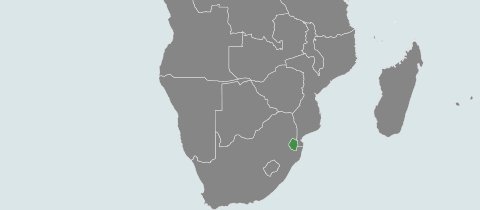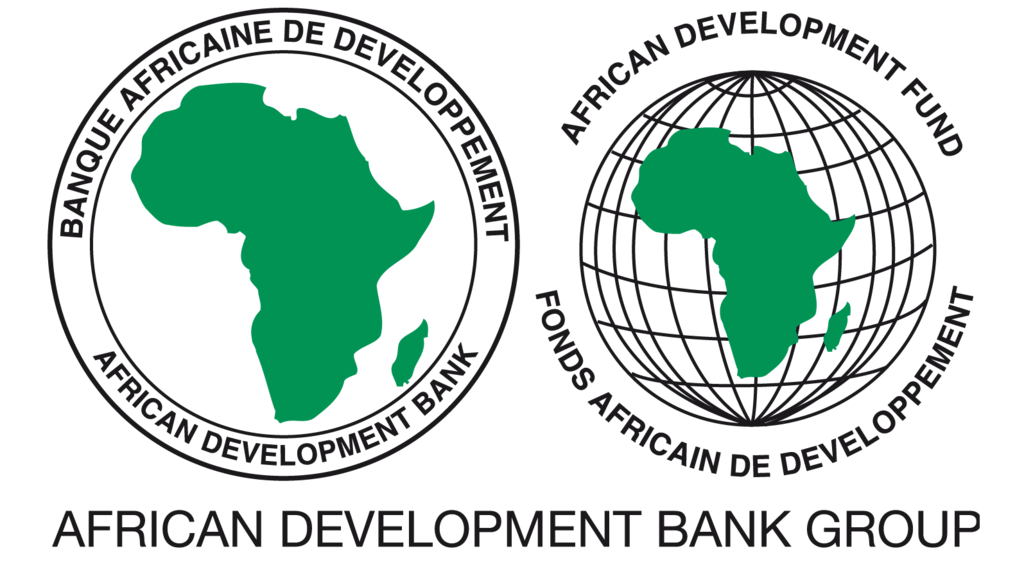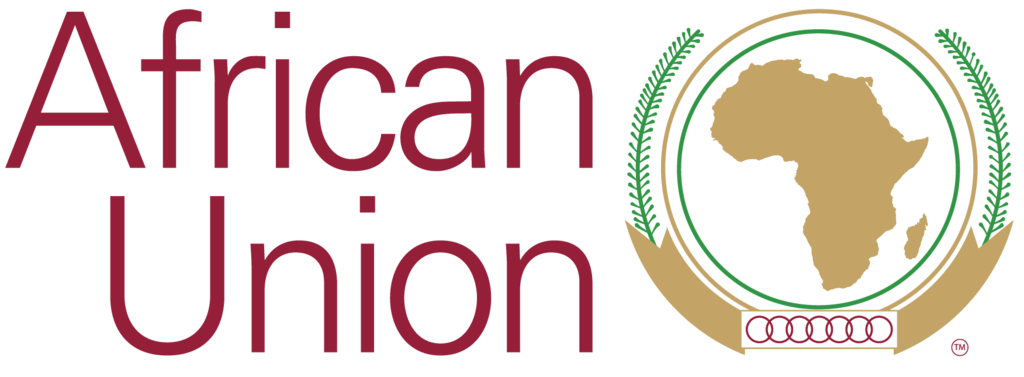At a glance
In Swaziland in 2012, the national household electricity access rate improved from 61% 2014 to 66% in 2015. Currently the plan is to increase the national household electricity access to 70% by the end of the financial year 2016/17.
The main energy resources currently used in the country include coal, traditional and industrial biomass, electricity, and petroleum products. Traditional biomass and industrial biomass make for the largest share of energy consumption in Swaziland. This biomass is used using conventional technologies and therefore not necessarily the best practices.
The Government of the Kingdom of Swaziland has prioritised sustainable energy in an attempt to reduce energy insecurity, alleviate poverty as well as mitigate and adapt to climate change. It was therefore important for the country to align itself with the three goals of the Sustainable Energy for All (SEforALL) initiative and opt into the initiative in February 2013. A Rapid Assessment / Gap Analysis of the energy sector was produced in 2014 and the country has embarked in the process of developing its national SEforALL Action Agenda and Investment Prospectus in 2015. In this process, the country set the target for access to modern clean energy solutions in Swaziland to 75% by 2018, 85% by 2020 and universal access attained by year 2025 proposed Rural Electrification Strategy and Action Plan for Swaziland. This will be achieved through technologies such as LPG, improved cook-stoves, grid extension and off-grid solutions that include solar home systems and to a limited extent mini-grids. The Ministry will commence the development of an Energy Master Plan with the assistance of IRENA. The Swaziland Electricity Company has already developed a Power Generation Plan which incorporated renewable and conventional energy technologies
For the renewable energy target until 2030, the following are envisaged:
· Additional generation capacity fed into the grid; 146.5 MW hydropower, 130 MW from sugar cane bagasse and 35 MW from forestry residue, thus making Swaziland self-sufficient in power generation.
· 20% public buildings equipped with solar water heaters by 2018.
· Solar and wind maps prepared and zones validated for development.
· Mandatory blending of ethanol at 10%.
· Swaziland Households Energy Access Report (2014)
· Electricity Access in Public Institutions and the Impact of the Rural Electrification Project Report (2014)
Location

Country contacts
Swaziland SEforALL focal point
Lindiwe Dlamini
Principal Energy Officer
Department of Energy
Ministry of Natural Resources and Energy
| SEforALL Action Agenda Objectives | 2030 |
|---|---|
| Electricity Access, national | 100% |
| Access to non-solid fuels, national | 100% |
| Renewable Energy Capacity | (see text) |
| Renewable Energy Output | (see text) |
| Energy Efficiency | n.a. |
| Country Action Documents | Status |
|---|---|
| Rapid Assessment | Finalized |
| Action Agenda | Finalized |
| Investment Prospectus | Finalized |
Documents
- Swaziland: Rapid Assessment Gap Analysis (1.49 MB)
- Swaziland: Action Agenda (2.13 MB)
- Swaziland: Investment Prospectus (2.00 MB)
Country statistics
| Series | 2010 | 2012 | 2014 | 2016 |
|---|---|---|---|---|
| Access to electricity (% of population) | 51.0% | 56.9% | 65% | 65.8% |
| Urban (% of urban population) | 100% | 100% | 100% | 61.2% |
| Rural (% of rural population) | 24.0% | 25.2% | 26.5% | 82.8% |
| Access to clean fuels and technologies for cooking (% of population) | 33.0% | 34.2% | 35.3% | 49.7% |
| Population, total | 1.2 Million | 1.2 Million | 1.3 Million | 1.3 Million |
| Renewable energy consumption (% of total final energy consumption) | 62.7% | 63.0% | 63.6% | - |
| Renewable electricity output (% of total electricity output) | 51.5% | 43.8% | 53.3% | - |
| Electric power consumption (kWh per capita) | - | - | - | - |





